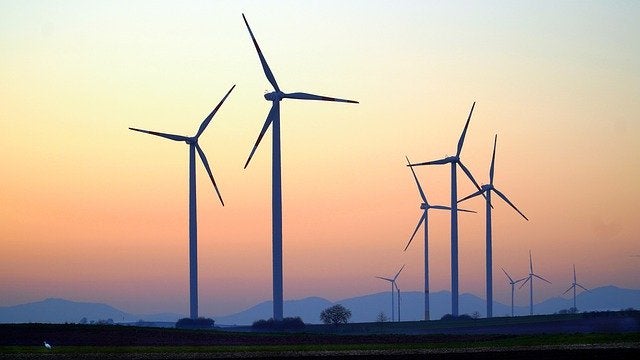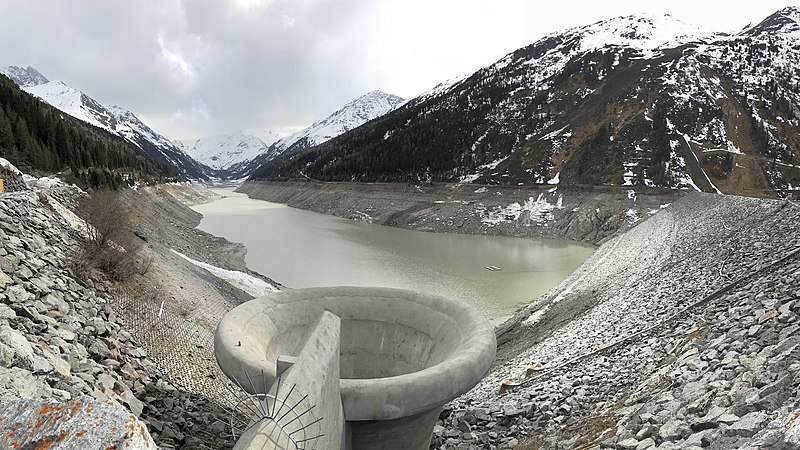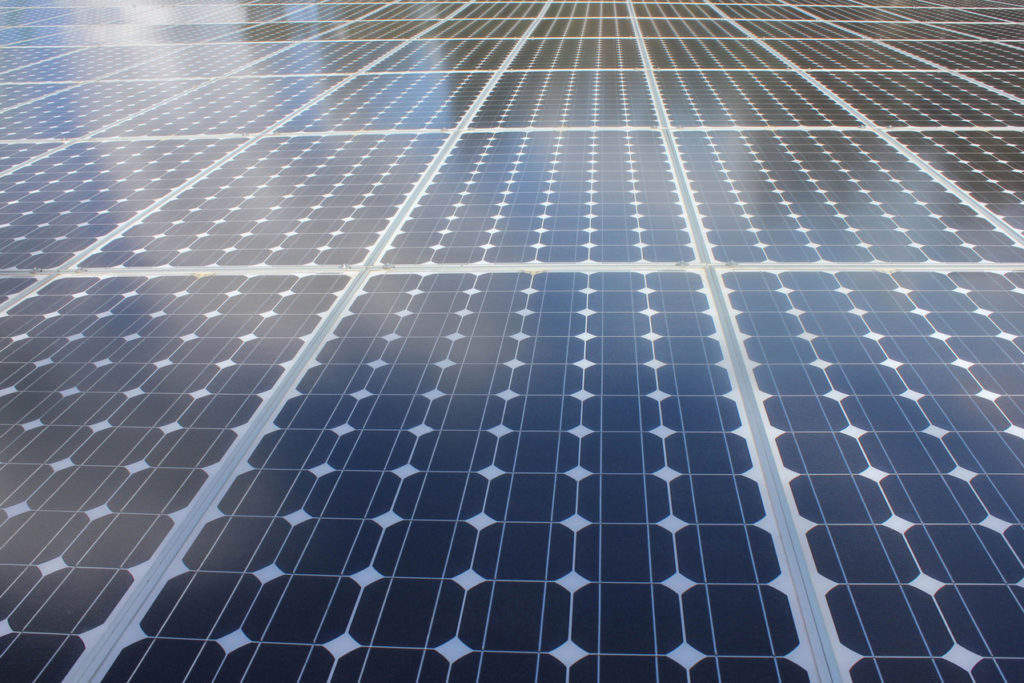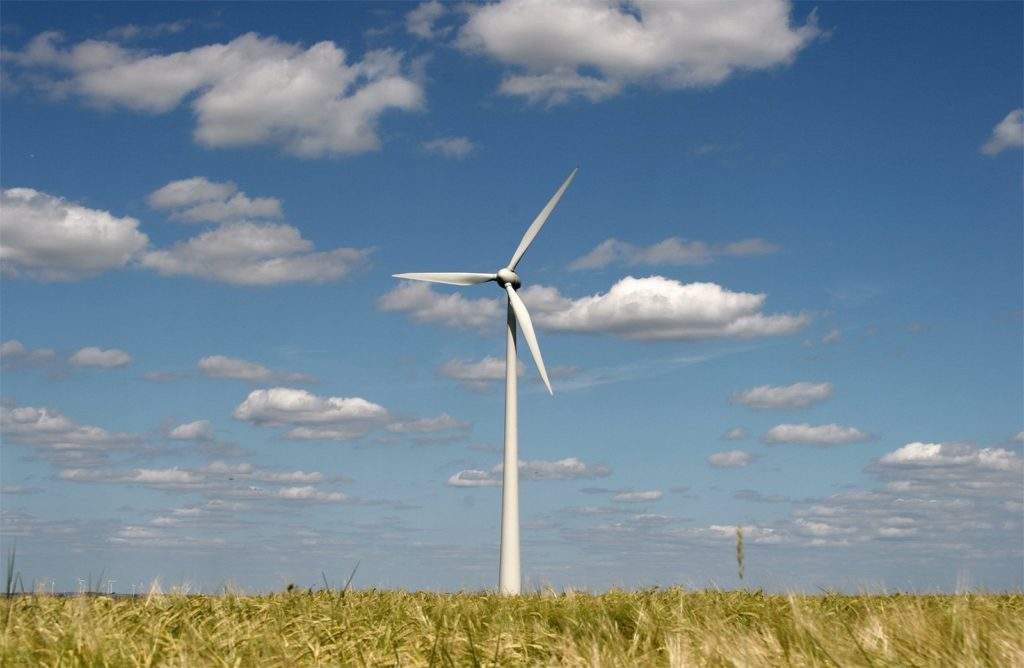
While coal still continues to be a major source of electric generation, technological advancements have helped many countries to see a multifold increase in their renewable energy generation.
Overall, the world’s renewable energy capacity increased from 1,057.9GW in 2008 to 2,179GW in 2017, according to a report released by IRENA. Introduction of wind turbines for low wind conditions and high efficiency solar panels have contributed to initiation of clean energy projects in challenging climatic conditions. China, the US, Brazil, Germany, Canada, and India are the top producers of renewable energy.
Here is the list of countries that use most renewable energy:
Costa Rica
With a goal to reach 100% renewable target by 2030, Costa Rica generated 98% of its electricity from renewable sources in 2016, according to Renewables 2018 Global Status Report released by Renewable Energy Policy Network for the 21st Century (REN21).
Costa Rica generates more than half of its electricity from hydropower plants, as the country falls in high rainfall region. Also, due to presence of many rivers, the country generates a significant amount of electricity from hydropower facilities.
Belize
The country generated 91% of its electricity from renewable sources in 2016. Belize targeted to produce 85% of electricity from renewable sources by 2017.
Austria
The European nation has already surpassed its 70.6% renewable target by 2020. In 2016, it produced 73% of its electricity from renewable sources, according to REN21 report.
The country enacted the green electricity amendment “Kleine Okostromnovelle” to boost the wind energy sector. The country generates a major amount of its renewable energy from hydroelectric plants.
Wind energy is next biggest contributor to Austria’s renewables capacity. In November 2017, Danish wind turbine-maker Vestas has secured a contract to repower the 22.75MW Tauernwindpark in Austria with new turbines.

Guatemala
Generating 59% of its electricity from renewable sources in 2016, Guatemala has set to reach 80% renewable target by 2030. The country’s remaining electricity production comes from coal, fuel oil, and other non-renewable resources.
In 2016, power generation from fuel oil declined by 50%, while wind and solar power generation increased by 30%, Energia16 reported. The country aims to achieve 100% renewable target by 2050.
Denmark
Renewable energy accounted for 54% of Denmark’s electricity production in 2016. The country aims to produce 100% of its electricity from renewable sources by 2050. It is one of the top producers of wind power in the world.
In July 2018, the first turbine at Vattenfall’s Horns Rev 3 offshore wind farm, located in the North Sea, off of Danish coast, was installed.
The Horns Rev 3 offshore wind farm will generate enough clean energy to power 425,000 Danish households, while increasing overall electricity production by 12% in the country.

Sweden
The country’s renewable energy capacity accounted for 65% of its energy mix. Sweden had set of target of generating 62.9% of its electricity from renewable sources by 2020.
The 353MW Blakliden/Fäbodberget wind project is one of the major wind power projects in the country.
In May 2018, Vestas agreed to buy a stake of 40% in the Blakliden/Fäbodberget wind project. When operational in 2021/2022, clean electricity generated from the wind project will be enough to suppy to 220,000 Swedish homes annually.
Portugal
The country aims to generate 60% of electricity from renewable sources by 2020. In 2016, renewable energy accounted for 54% of its total electricity production. Wind power is a major source of clean energy for Portugal, followed by hydropower.
In October 2017, Spanish investment company Saeta Yield has acquired Lestenergia, a portfolio of nine wind farms in Portugal. These wind farms produce a total of 144MW of clean energy.

Croatia
Renewable energy generation contributed to 47% of Croatia’s total electricity production in 2016, according to REN21 report.
The country had a target to increase renewables share to 39% of its electricity generation by 2020.
Romania
The European nation generated 43% of its total electricity from renewable sources in 2016, according to REN21 report.
Romania generates a significant amount of its clean energy from hydropower plants. Wind power is also a major contributor to the country’s energy mix.
Spain
The country aims to increase renewable energy contribution to 38.1% of its energy mix by 2020. In 2016, renewables accounted for 37% of its total electricity production.
In July 2018, Siemens Gamesa secured contracts to supply wind turbines for 10 Spanish wind farms with a combined capacity of 289MW owned by five different companies.
The new wind farms in Spain will be built at Guadalajara, Lugo, Malaga, Zaragoza, Huesca, La Coruña and Cadiz.




